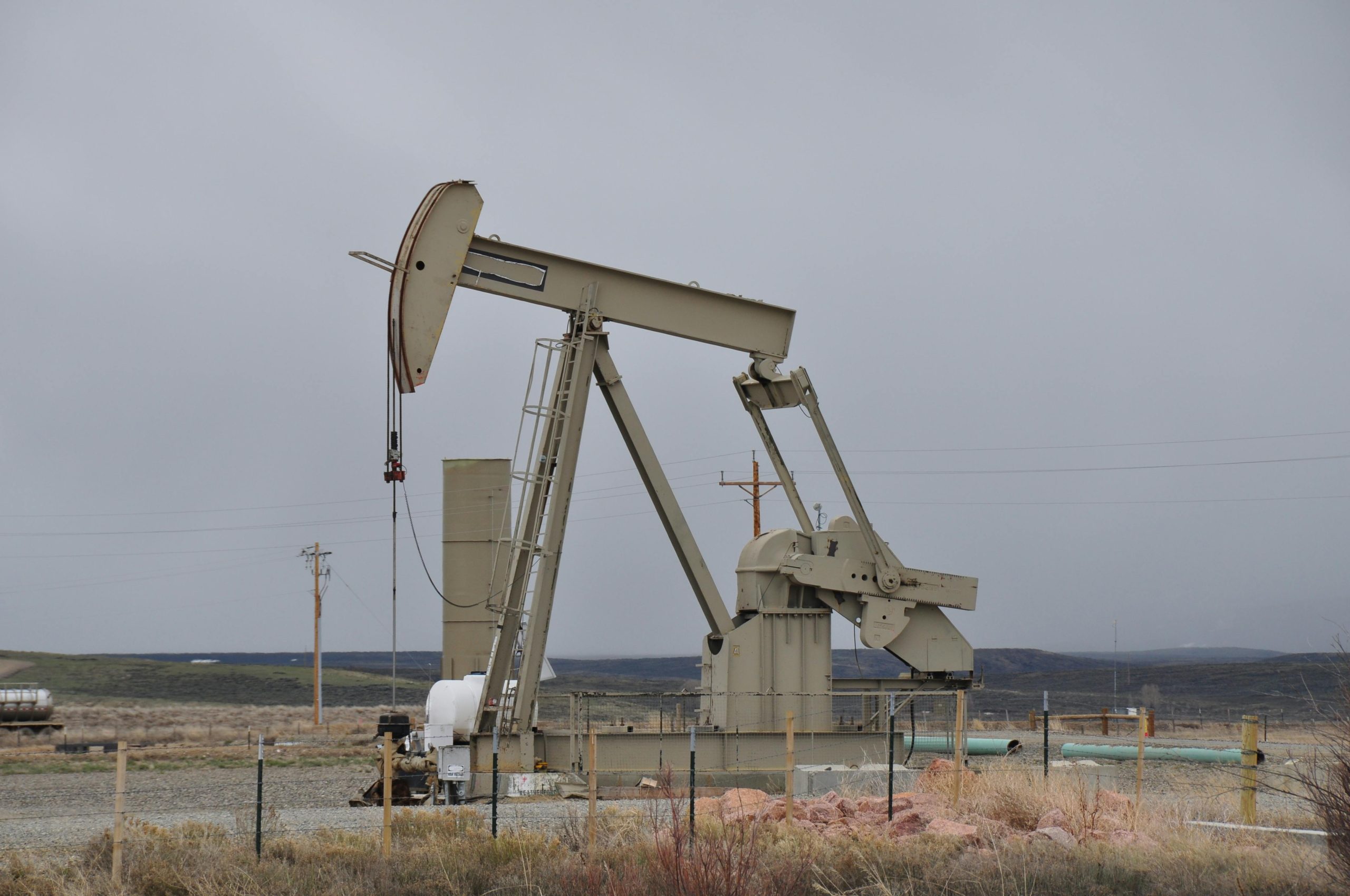How Oil and Gas are Extracted and Transported Efficiently

Oil and gas are the lifeblood of modern industry. More than just fueling our cars, they power factories, heat homes, and even generate electricity. But have you ever wondered how these vital resources are efficiently extracted and transported from deep beneath the earth's surface to your local gas station or industrial plant? Let's unravel this fascinating process.
The Significance of Oil and Gas
Understanding the importance of oil and gas is crucial. These resources have shaped economies, driven technological advances, and even influenced global politics. Their extraction and efficient transport are not only technical marvels but also integral to maintaining our current way of life. This post dives into the fascinating processes that make this possible.
Exploring the Origins
Oil and gas were formed millions of years ago from the remains of ancient sea plants and animals. Over time, heat and pressure transformed these remains into the hydrocarbons we use today. The exploration process involves geologists using seismic surveys and other techniques to locate these buried treasures. This is the first critical step in the oil and gas supply chain.
Drilling Down to Basics
Once reserves are identified, companies begin the drilling process. Drilling rigs are used to bore holes deep into the earth. The objective is to reach the oil and gas reservoirs safely and efficiently. Advanced technologies such as horizontal drilling and hydraulic fracturing have increased the amount of resources we can extract, making the process more efficient.
Extracting with Precision
After drilling, the challenge is to extract the oil and gas without wasting resources or harming the environment. Engineers set up pumps and other equipment to bring the hydrocarbons to the surface. Onshore and offshore drilling have their own unique challenges, but both require precision to maximize yield and minimize environmental impact.
Refinement in the Refinery
Once extracted, crude oil and natural gas are transported to refineries for processing. Refineries are complex facilities designed to convert raw hydrocarbons into usable products like gasoline, diesel, and jet fuel. This step is essential, as it transforms the raw material into valuable products that can be used by consumers and industries.
The Role of Pipelines
Pipelines are the arteries of the oil and gas industry. They transport these resources over vast distances, often across countries. Modern pipelines are marvels of engineering, designed to move oil and gas efficiently and safely. They are built using materials like high-grade steel, and their construction involves significant planning and expertise.
Challenges in Transportation
Transporting oil and gas presents unique challenges, from geographical obstacles to regulatory hurdles. Companies must ensure that pipelines are regularly inspected and maintained to prevent leaks and spills. Additionally, specialized ships and trucks are used to transport these resources where pipelines can't reach, adding another layer of complexity to the system.
Technology and Innovation
The oil and gas industry is constantly evolving, driven by technological advances. Innovations like digital monitoring systems and automated drilling rigs have significantly improved efficiency. These technologies help reduce costs and minimize environmental impact, making the extraction and transportation processes more sustainable.
Environmental Considerations
Protecting the environment is a priority in the oil and gas industry. Companies invest in technologies to monitor emissions and develop cleaner extraction methods. While the industry is often scrutinized, ongoing efforts to reduce its environmental footprint are essential for sustainable operations.
Economic Impact
The oil and gas industry has a significant economic impact, providing jobs and driving growth in related sectors. For instance, the demand for specialized materials, like steel supply in Utah, highlights the industry's influence on the local economy. Ensuring efficient extraction and transportation processes supports economic stability and development.
Looking to the Future
The future of oil and gas involves balancing the need for energy with environmental concerns. Renewable energy sources are gaining traction, but oil and gas will remain critical for the foreseeable future. The industry must continue to innovate and adapt to changing demands and regulations.
Conclusion
From exploration and extraction to transportation and refinement, the oil and gas industry is a complex network that powers the globe. Understanding these processes underscores the importance of continued innovation and responsible management in ensuring energy security and sustainability for generations to come.
